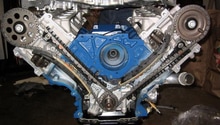Ford F-150: Why is My Truck Overheating?
When your Ford F-150 truck overheats, there is usually an issue with your cooling system. Here is how to pinpoint the problem.
This article applies for the Ford F-150 (2004-2014).
If you are ever driving your Ford F-150 truck, and you notice the temperature gauge rising up, there is no need to freak out. A temperature gauge rising means something is wrong with your cooling system, and a defective cooling system could mean your engine is in the process of overheating. Follow the steps below to find out the source of the issue.
Step 1 - Check your coolant level
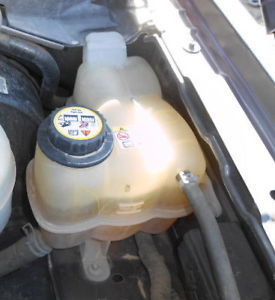
Before it gets worse, pull off the road and check your truck's coolant level. Also check to make sure there aren't any visible leaks from the radiator or hoses. You will want to look for any signs of wetness or dried green liquid that is antifreeze around the radiator. If there aren't any leaks, but the coolant level is low, then refill it and check to see if that remedies the situation.
Step 2 - Check serpentine belt
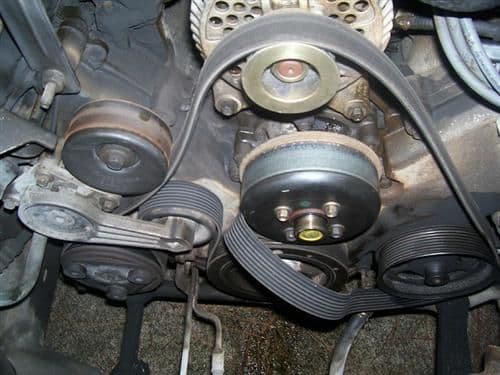
Check the condition of your truck's serpentine belt. Belt squeaking or loud squealing when you start your truck is a sign that it's worn out and needs to be replaced. Also check the tension of the belt or belts under the hood. If any of the belts are loose then components like the alternator will work harder, and the water pump will work slower, which will increase the amount of heat under the hood and cause the engine's temperature to rise.
(Related Article: How to Replace Your Serpentine Belt - Ford-trucks.com)
Step 3 - Check the electric fan
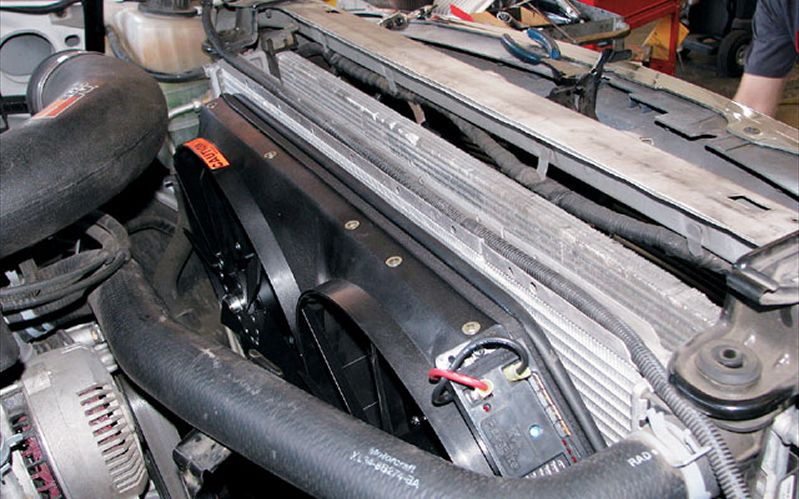
Newer trucks now have electric fans. They are designed to work through electricity. The old regular fans used to work with the serpentine belt. You will want to make sure the fan is functioning properly, because if for some reason it isn't, your engine could overheat.
Step 4 - Check the ignition timing
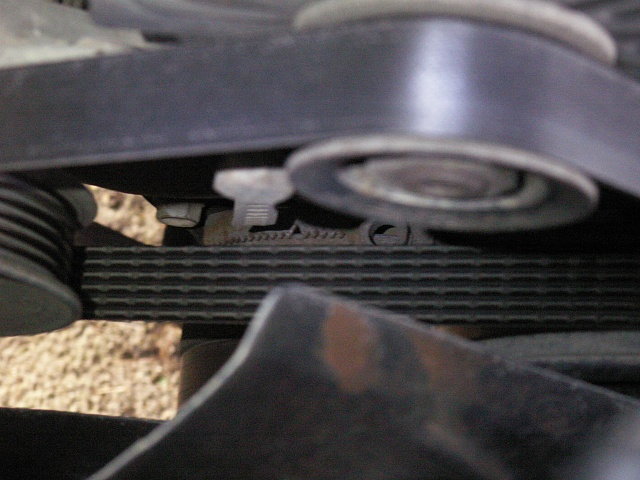
If your engine's ignition timing is off it can lead to temperature issues. Make sure to check and set your ignition's timing.
Step 5 - Check for vacuum leak
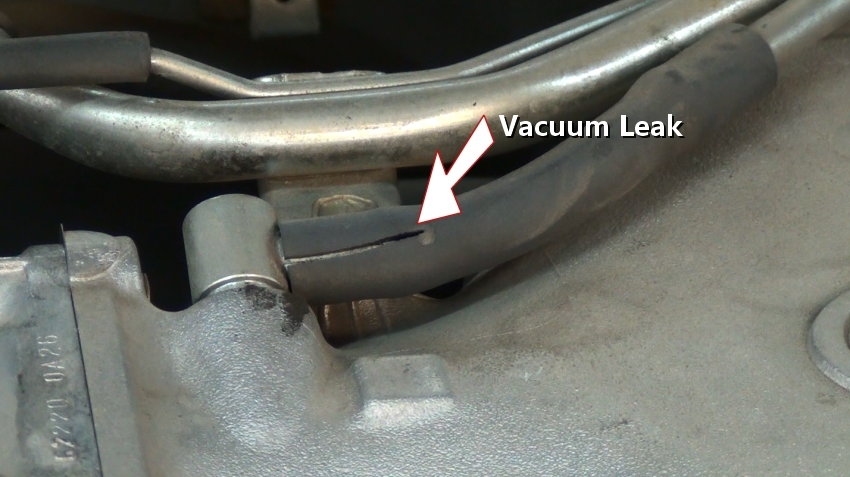
A vacuum leak can cause your truck's engine to run lean, which can lead to overheating. If you have a vacuum leak, you'll also notice that your truck's engine does not run as smoothly as it should. Check the condition of hoses and connections for leaks.
Related Discussions
- Overheating - Ford-trucks.com
- Checking hose conditions - F150online.com



